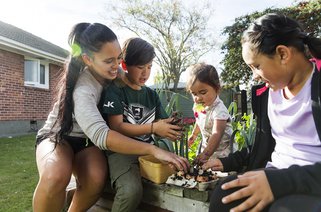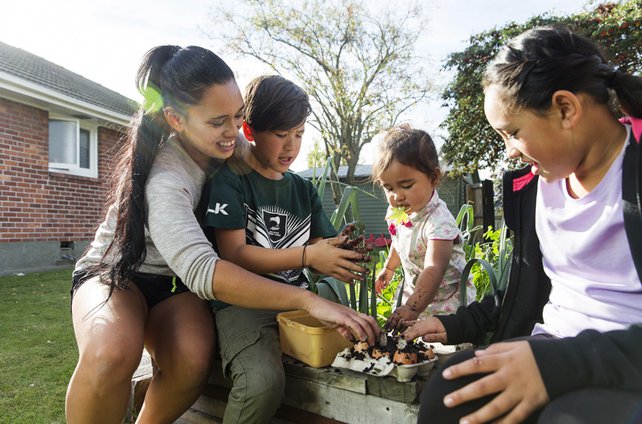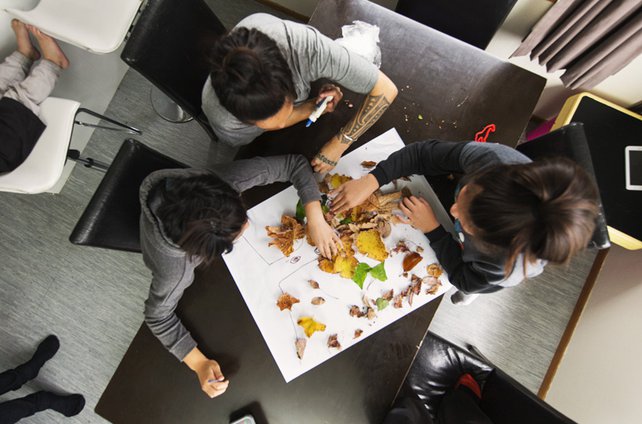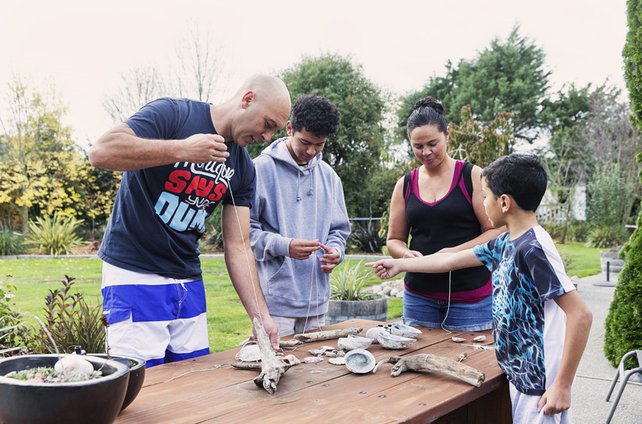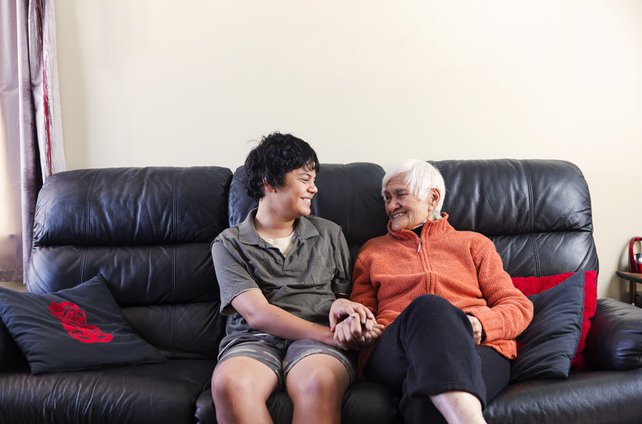Click Mr Yeti's carriage for information on each of the recovery phases.
Adrenaline is running high, and the focus is on saving each other and property. During this phase (or subsequent ‘events’), sharing practical tips on how to manage adrenaline, look after each other, and ‘get through’ can be really helpful.
A time of hope and optimism characterised by lots of offers of help. For some there’s a renewed appreciation of life, and a feeling that things will return to normal soon.
People start to realise how long recovery will take and may feel disheartened by the red tape involved. The length and severity of this phase depends on the extent of loss and help available to each individual, and can last several years.
Good news! This phase sees us adapt to a new normal, maybe even better than before. While many things may be different, it is possible to adapt to and even thrive in, this new environment. There is no predictable time frame for this and it will almost certainly be experienced very differently by whānau and individuals.
Cantabrians did some amazing things during our heroic phase – some even saved lives. The Student Volunteer Army is one initiative that came out of the heroic phase following the September 2010 and February 2011 earthquakes, and continues to exist today with a 3000 strong volunteer base.
Christchurch’s honeymoon phase was embodied by the community visions captured in the successful 'Share An Idea' process.
All Right? was launched to support people through this phase and beyond. Early research identified the need to simply validate the big emotions people were feeling. Over time, we began to gently remind people to do simple things to feel good using the evidence based Five Ways to Wellbeing framework.
Over time, we developed smaller initiatives to engage and support specific groups. We were also able to develop campaigns and resources that asked slightly more of people and focused on actively building resilience and wellbeing (For example, a hidden strengths questionnaire and habit sticks. We were careful with our messaging to ensure no one is left behind, especially those who may still be in earlier stages of recovery.



